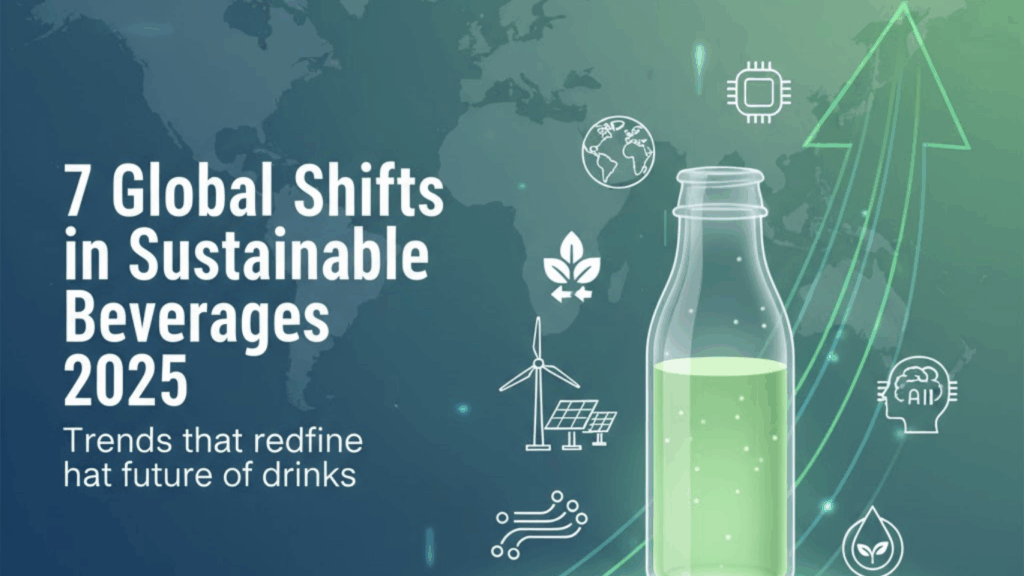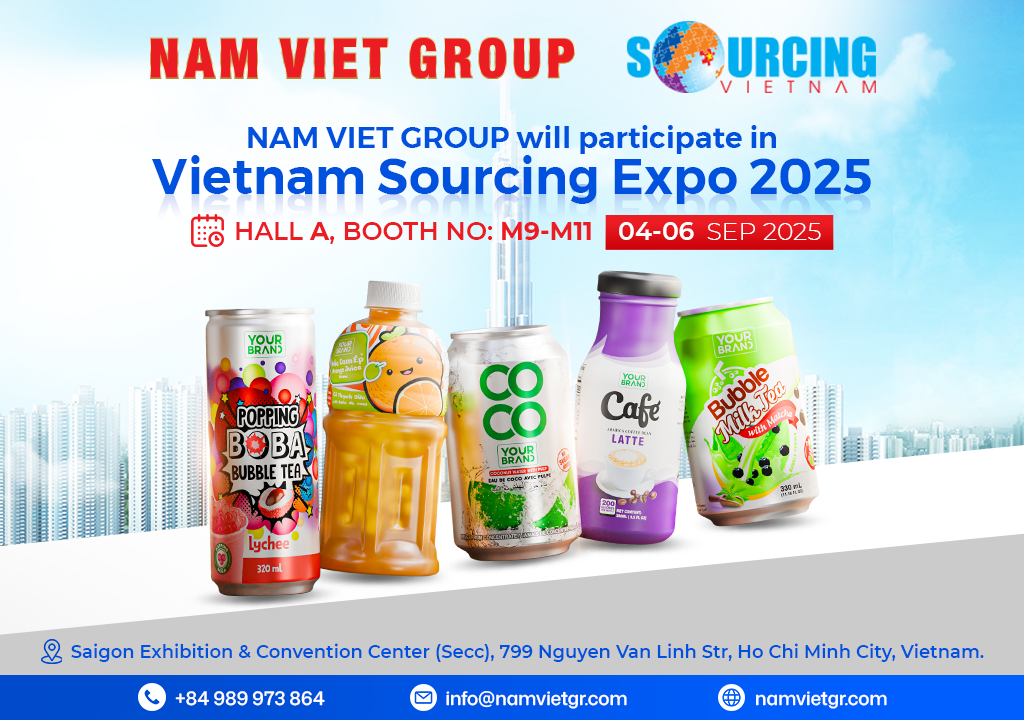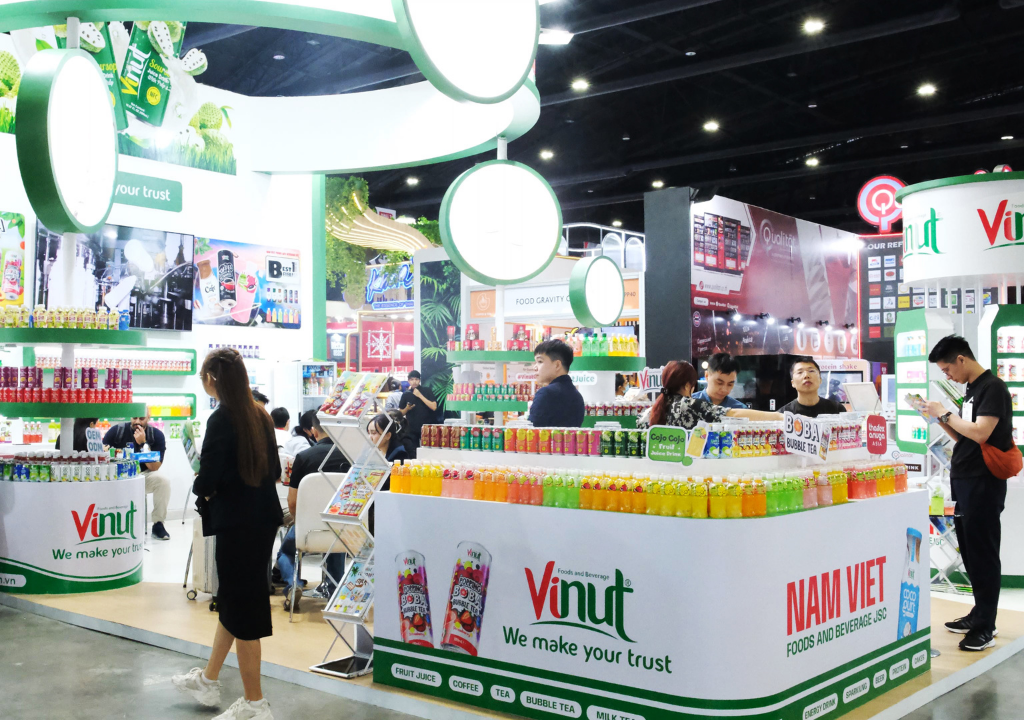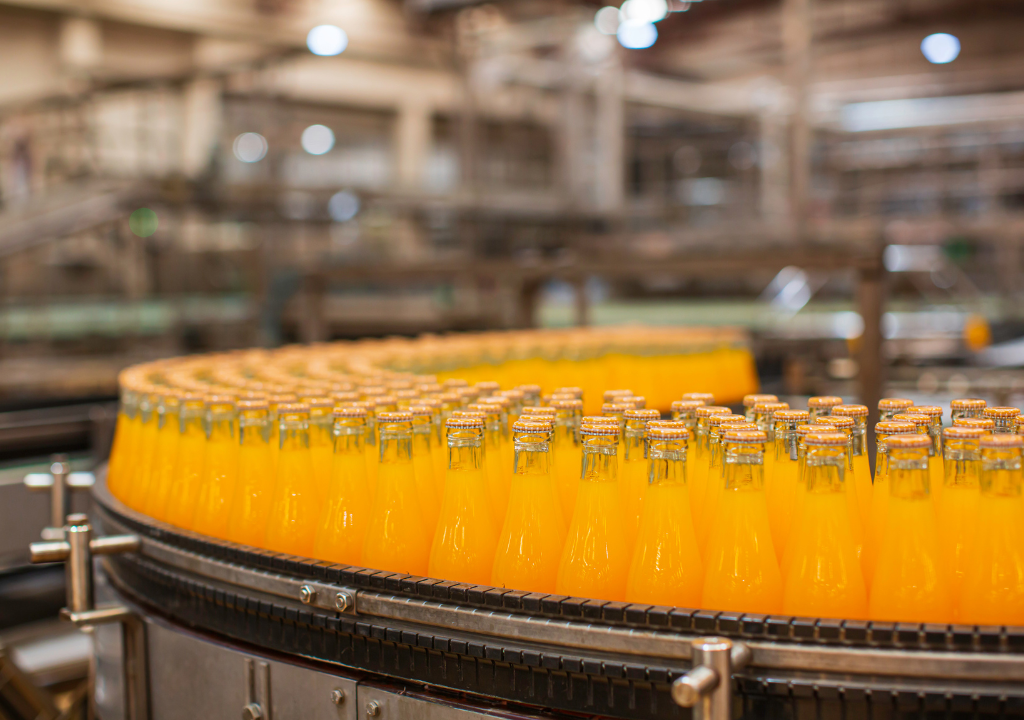Why International Beverage Brands are “Thirsty” for Southeast Asian Ingredients?
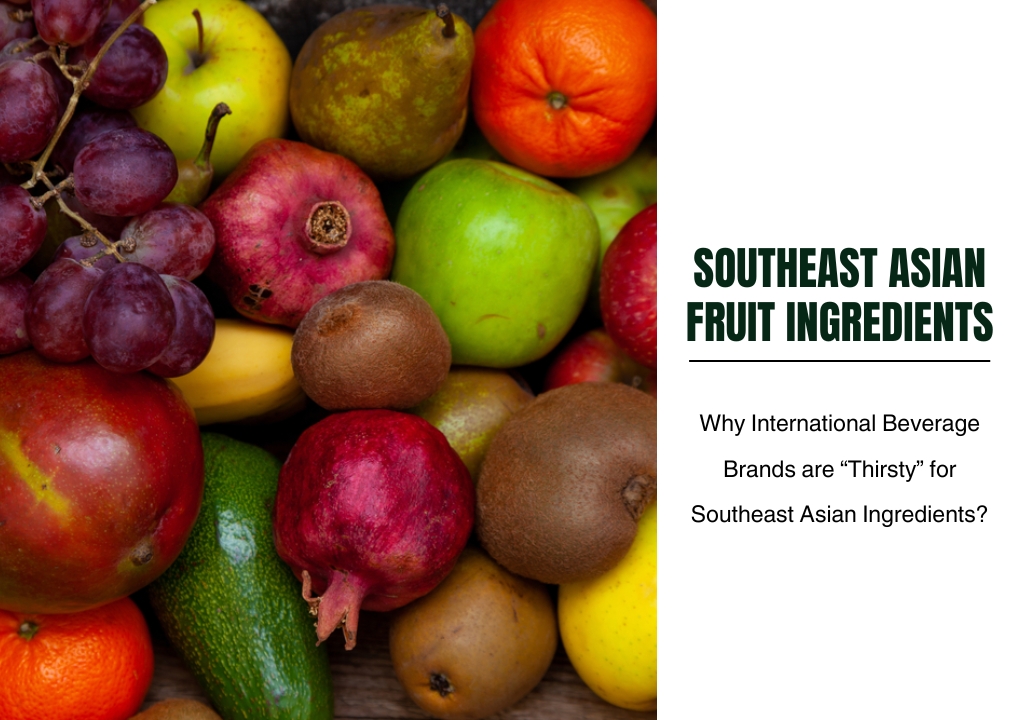
A "Symphony" of Unique Flavors: Why Southeast Asian Ingredients "Charm" the World?
Biodiversity and a Treasure Trove of "One-of-a-Kind" Flavors
Southeast Asia, with its characteristic tropical monsoon climate, is the cradle of countless unique fruits, herbs, and spices that are hard to find in many other parts of the world. Think of the refreshing sweetness of water coconut, the intensely aromatic passion fruit, the rich flavor of ripe cat mango, the delicate taste of mangosteen, or the distinctive notes that lemongrass, ginger, galangal, and pandan leaves bring to cuisine and beverages.
According to a report by Mordor Intelligence (March 2024), the global flavors and fragrances market was valued at approximately USD 157 billion in 2023 and is projected to reach USD 235 billion by 2029, registering a compound annual growth rate (CAGR) of 6.9% during the forecast period. The Asia-Pacific region is anticipated to hold the largest market share and witness the fastest growth, driven by diverse culinary cultures and abundant ingredient supply.
International beverage brands are actively incorporating flavors like matcha (Japan), ginger (region), and passion fruit (Vietnam) into their tea, juice, and soda product lines, creating differentiation and attracting curious consumers. A study by Imarc Group (January 2024) indicated that the exotic-flavored beverages market experienced a sales growth of 11.5% in 2023.
Nutritional Value and the "Live Green" Wave
The global consumer trend increasingly emphasizes health and naturally sourced products. Southeast Asian ingredients are often known for their high vitamin, mineral, and antioxidant content. Gac fruit is rich in lycopene, aloe vera has cooling and detoxifying properties, and traditional herbs used in ancient medicine offer various potential health benefits.
A survey by NielsenIQ (2023) revealed that 73% of global consumers are willing to pay more for products with natural and healthy ingredients. The global plant-based beverages market is projected to reach USD 29.4 billion by 2027 with a CAGR of 11.7% (according to Grand View Research, August 2023), demonstrating strong demand for natural ingredients.
Sustainable Development Potential and Increasingly Focused Supply
International brands are increasingly concerned about sustainability in their supply chains. Southeast Asia is making efforts to develop sustainable farming practices, protect the environment, and ensure a stable supply of ingredients.
Collaboration programs between major beverage companies and NGOs in Thailand have helped increase the area of organic coconut cultivation by 15% over the past 5 years (according to a report by WWF Thailand, 2023).
Cost Advantages and Opportunities for Production Optimization
Compared to some other regions, the cost of raw materials and labor in Southeast Asia can be more competitive. According to a cost of production comparison report by KPMG (2022), the raw material costs for certain tropical fruits in Southeast Asia are on average 10-15% lower than in Western countries.
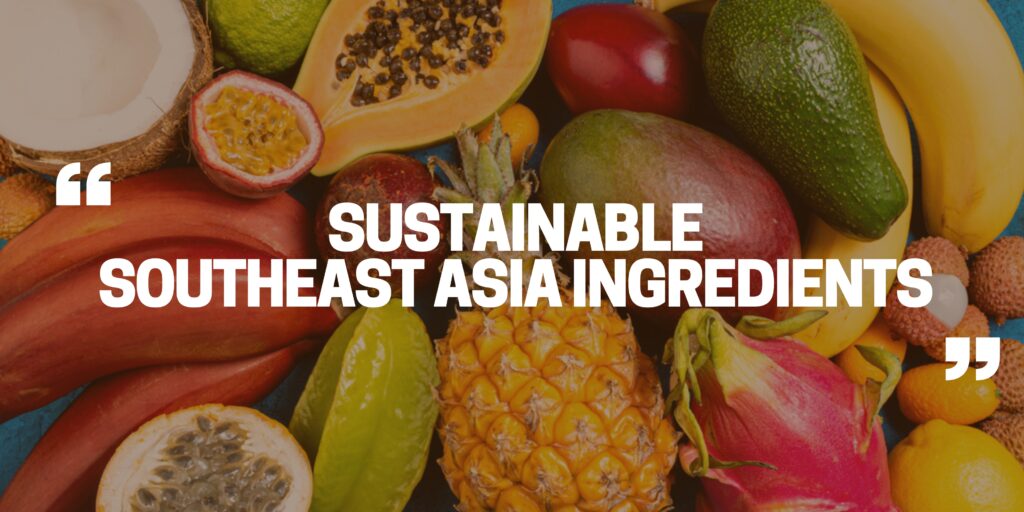
Major Brands Investing in Southeast Asian Ingredients
Leading beverage companies such as Coca-Cola, PepsiCo, Nestlé, and Unilever have established strategic partnerships with Southeast Asian suppliers to secure high-quality, sustainable ingredients. These collaborations not only ensure a reliable supply chain but also contribute to the economic development and environmental sustainability of the region.
- Nestlé Vietnam has been at the forefront of promoting sustainable agriculture through its NESCAFÉ Plan, a comprehensive initiative aimed at enhancing the livelihoods of coffee farmers while ensuring environmental sustainability.
- In collaboration with the Ministry of Agriculture and Rural Development (MARD), Nestlé launched a project to plant over 2.3 million trees by 2027 across the Central Highlands. This initiative aims to absorb approximately 480,000 tonnes of CO₂, improve soil health, and enhance biodiversity.

Opportunities for Local Businesses
Enhancing Agricultural Value Chains
Local producers can benefit from partnerships with international brands by adopting global quality standards, improving production techniques, and accessing new markets. This integration into global supply chains can lead to increased income and economic development.
Export and OEM Opportunities
Businesses in Southeast Asia have the opportunity to export raw materials or serve as Original Equipment Manufacturers (OEMs) for international brands. This arrangement allows local companies to expand their reach and gain recognition in global markets.

Southeast Asia's rich biodiversity, cost advantages, and alignment with global sustainability trends make it an attractive source of ingredients for international beverage brands. By leveraging these advantages, brands can meet consumer demand for natural, health-oriented products while supporting local economies.

